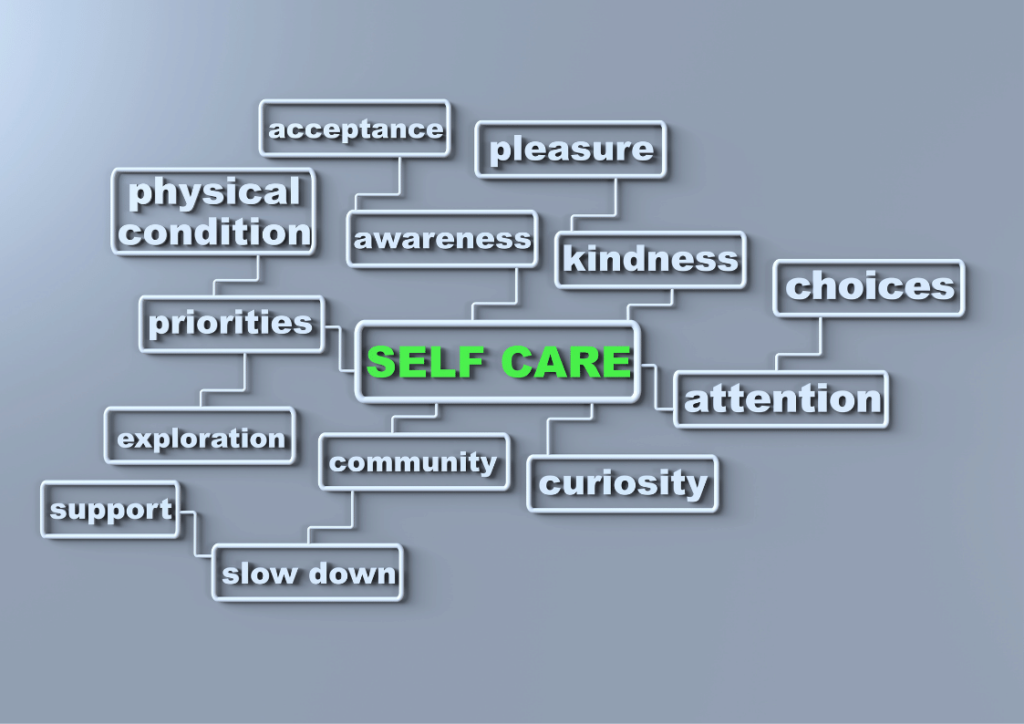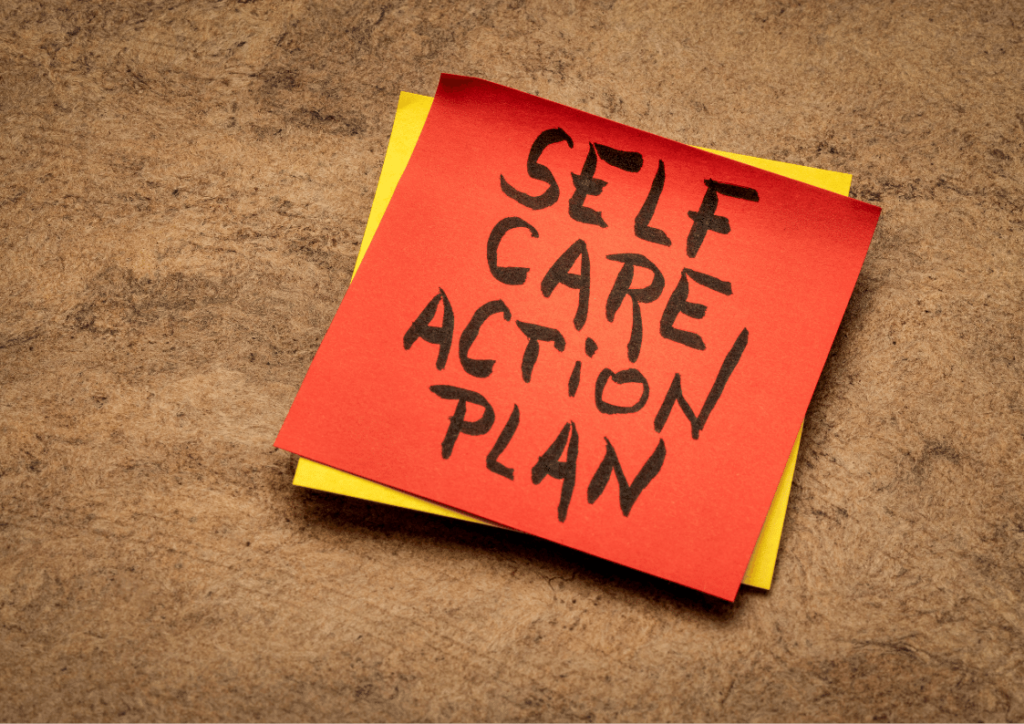
The people who are often most impacted by climate change are usually the ones who contribute least to the footprint left behind. It is more important now than ever before for us to be mindful of our actions as their consequences can sometimes be irreversible.

Starbucks serves as an example. Beginning with the cup. It takes a large amount of distilled water to produce the cups. Even when coupled with recycled paper. Growing and roasting the beans are water-intensive activities. The bags that carry the beans are non-biodegradable expanding the capacity of landfills on a planet that is not growing bigger. The electricity that it takes to run every store is staggering. Starbucks stars in The Top Three food companies with the largest number of outlets in the world with 16,700 outlets to date. This makes Starbucks the largest coffee company in the world.
Click the button below to book a strategy session. Learn how large a footprint you’re leaving as a leader and how it impacts those you lead.













